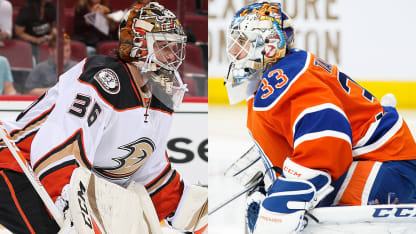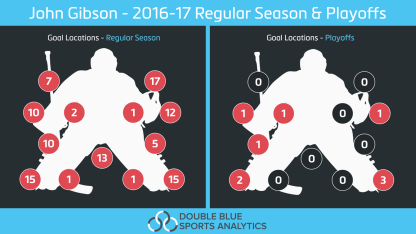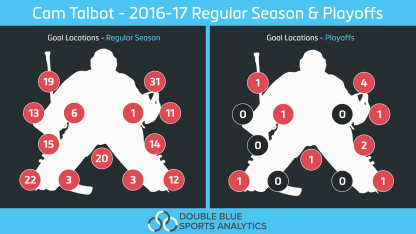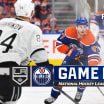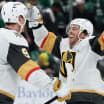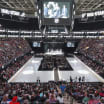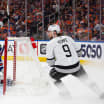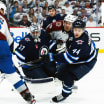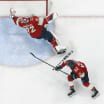Goaltending plays an integral part in the Stanley Cup Playoffs, so much like many NHL goalie coaches do before a playoff series, NHL.com charted every goal scored against each goalie this season with the help of Double Blue Sport Analytics. Graphics showing where goals went in and shots were taken are nice, but the real value is in tracking and analyzing the types of plays that led to them, and whether they reveal strengths, weaknesses and tendencies that can be targeted.
John Gibson of the Anaheim Ducks and Cam Talbot of the Edmonton Oilers has each continued to prove himself as a starting goalie. Each had an impressive regular season and bounced back quickly from getting pulled in the Western Conference First Round. Their styles, however, are at opposite ends of the spectrum between structured technique and raw skill. How those differences play out could determine the winner of the second-round series between the Ducks and Oilers, which begins Wednesday at Honda Center (10:30 p.m. ET; NBCSN, SN, TVA Sports).
John Gibson vs. Cam Talbot
Differences between goaltenders could shape Ducks-Oilers series
